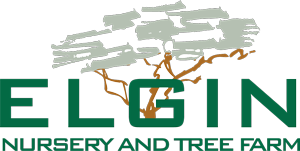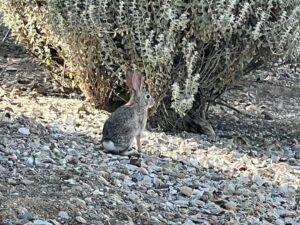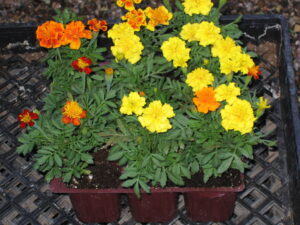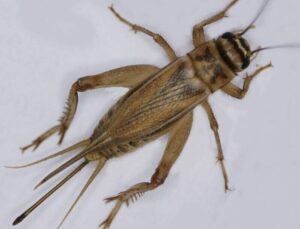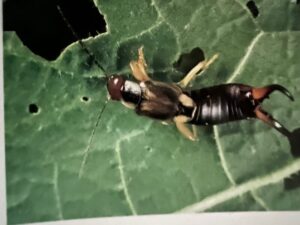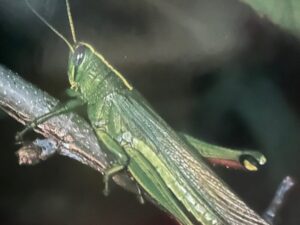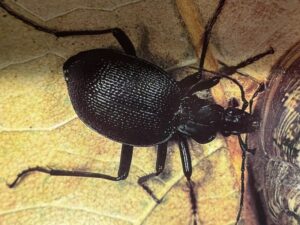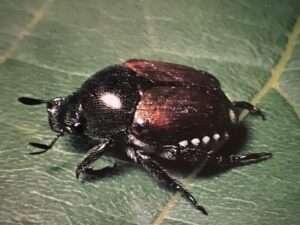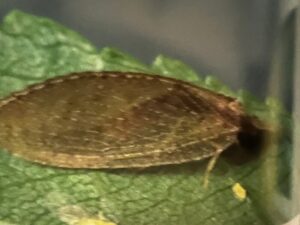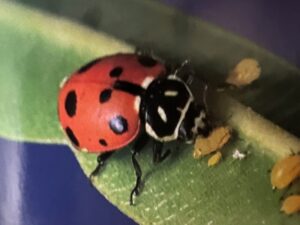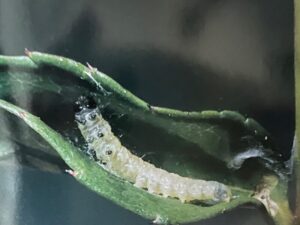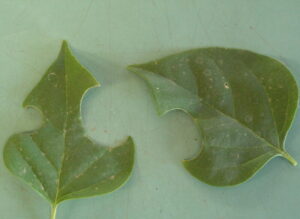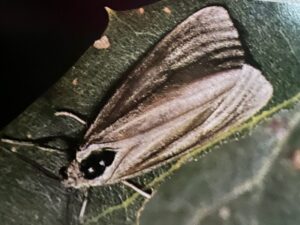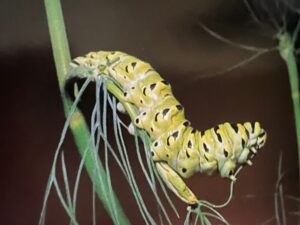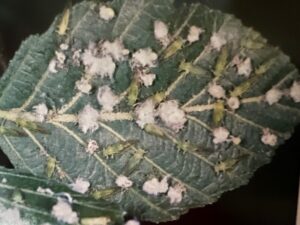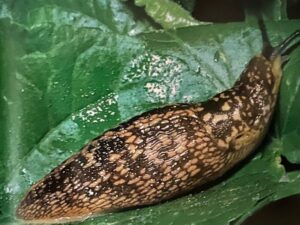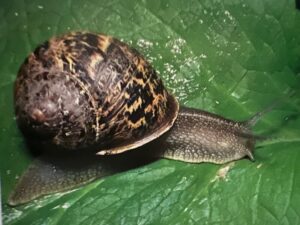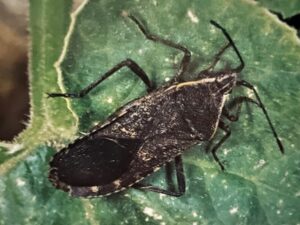Identify the critter that is invading your garden and the damage it causes. Learn how to prevent and treat to maintain a healthy garden.
Showing all 21 results
-

Animal Damage
Repellants that contain the urine of that particular animal’s predator, gopher traps placed in their major tunnels or constructed raised beds that are completely lined with wire are all remedies for animals that are damaging your plants. For rabbits, install cages over low growing beds. For birds, to protect fruit … Read More
-

Companion Planting
Companion planting is a concept that calls for planting two kinds of plants in a bed to discourage insects from attacking one of the two. The most common example is planting marigolds in the vegetable garden. Certain soil loving nematodes attack the roots of vegetables; marigold roots secrete a substance … Read More
-

Crickets
Crickets are nocturnal insects, smaller than grasshoppers, which develop underground for 2-4 years. Male crickets chirp in a high pitch tone. Crickets lay eggs in the soil and in plant stems, causing serious damage to plants. Use a granular treatment of `Kill A Bug` if treating in a garden or … Read More
-

Earwigs
Earwigs are reddish-brown insects that are 3/4″ long. They are easily recognized by the pointy pincers on the tail end of their abdomens. Although they have wings, they rearely fly, preferring to quickly crawl. They are active from spring through fall. Earwigs eat decomposing and decaying wood. They are not … Read More
-

Grasshoppers
These 1/2″ long winged insects with enlarged hind legs can be brown, green or yellow. Although they chew grass, they are usually not a problem, but in large numbers can strip plants right to the ground. They can be controlled with insecticide.
-

Ground Beetles
These insects are shiny black. They can fly, but prefer to crawl. Beetles live in burrows in the soil, emerging to hunt and feed at night on other insects, caterpillars, soil maggots and grubs. Some larger species eat snails and slugs. They do not damage plants. No prevention is needed.
-

Japanese Beetles
Sporadic sightings have occured in western states. The body is 1/2″ long, has a distinctive metallic green sheen, and wing covers are copper colored. Larvae that live in the soil are white, C-shaped grubs. Adults feed on flowers and foliage during the day. They can fly as far as 5 … Read More
-

Lacewings
Lacewings are 1/2 inch in length, a delicate green color, and have transparent wings. They feed on plant nectar and pollen. Lacewings consume many garden pests such as aphids, mealybugs, scale, leafhopper nymphs, whiteflies, small caterpillars and spider mites, making them a beneficial garden insect. The larva looks somethng like … Read More
-

Lady Bugs
Lady bugs are colorfully spotted, 1/4″ long, red with black spots. They feed on aphids, mites and other soft-bodied insects. They cause no plant damage, making them beneficial insects commercially sold in nurseries.
-

Leaf Roller Damage
Leaf roller larvae will roll themselves up inside leaves, spinning a web to join leaves together. Other pests and fungal rots later enter the holes that leaf rollers chew. Treat with Thuricide.
-

Leaf Rollers
Leaf rollers are caterpillars that feed on leaves, shoots, and fruit. Larvae roll themselves up inside leaves, sometimes spinning a web to join fruit and leaves together. Other pests and fungal rots later enter the holes that leaf rollers chew in fruit. Treatment: Thuricide
-

Leafcutter Bee Damage
The bees that cause precise circles or ovals in foliage are small and hairy, either black, green, purple or blue. They seem to prefer foliage of roses, although any tree or shrub that has a shiny, firm leaf may be cut. Bees are docile and rarely sting humans and can … Read More
-

Oak Moths
Oak moths cause visible damage to oak trees through the west. They are tan or gray with a 1″ wingspan and noticeable veining on their wings. They are attracted only to oak trees, chewing leaves, making holes, and eventually defoliating branches. Infestations cannot be prevented. Kill larger caterpillars by spraying … Read More
-

Parsley Worms
This 2″ long, brightly colored caterpillar with a pair of orange horns, morphs into a large black and yellow swallowtail butterfly. It gets its name, because it is usually found on garden parsley. It feeds on carrots and related plants such as anise, celery, cilantro, dill, fennel, and queen anne’s … Read More
-

Potato Beetles
Colorado potato beetles are bright yellow with 5 bold brown stripes along the length of its body. Found in southwestern states, they are a pest of potato crops as well as tomatoes, eggplant, and peppers. They become active in May and will lay eggs as soon as a host plant … Read More
-

Psyllids
Psyllids are small winged insects called jumping plant lice. They are greenish or brownish and no more than 1/10″ long. They have antennae and clear wings that fold into a triangular shape and jump up when disturbed. They target acacia, boxwood, eucalyptus, laurel, magnolia, and pear trees. They will suck … Read More
-

Slugs
Slugs thrive in moist, shady sites. They often hide under foliage rosettes for protection from drying sunlight. Silvery trails along the ground and on leaves are signs of their presence. They can decimate plants in a short time. Hand pick them to protect plants from looking ragged. Snail bait can … Read More
-

Snails
Snails have shells, they travel by extending the length of their bodies along a patch of slippery, silvery slime. They eat any and all garden plants leaving large ragged holes in leaves. They feed at night or on overcast or rainy days, hiding under cover when the sun shines. Eliminate … Read More
-

Squash Bugs
These bugs are diamond shaped, dark brown or black, 1/2″ in size. They hide on the underside of leaves. When they are caught and crushed they emit a foul odor. Squash bugs feed on cucumber, melon, pumpkin and squash. They suck plant juices from the leaves which will show spots … Read More
-

Thrip Damage
Thrips scrape openings in plant tissue to feed on plant juices and lay their eggs inside. These minute cuts cause silvery flecks on foliage and silver or brown blemishes on flowers and buds. They chew and suck plants vigorously scraping away the chlorophyl on leaves where they feed. Thrips look … Read More
